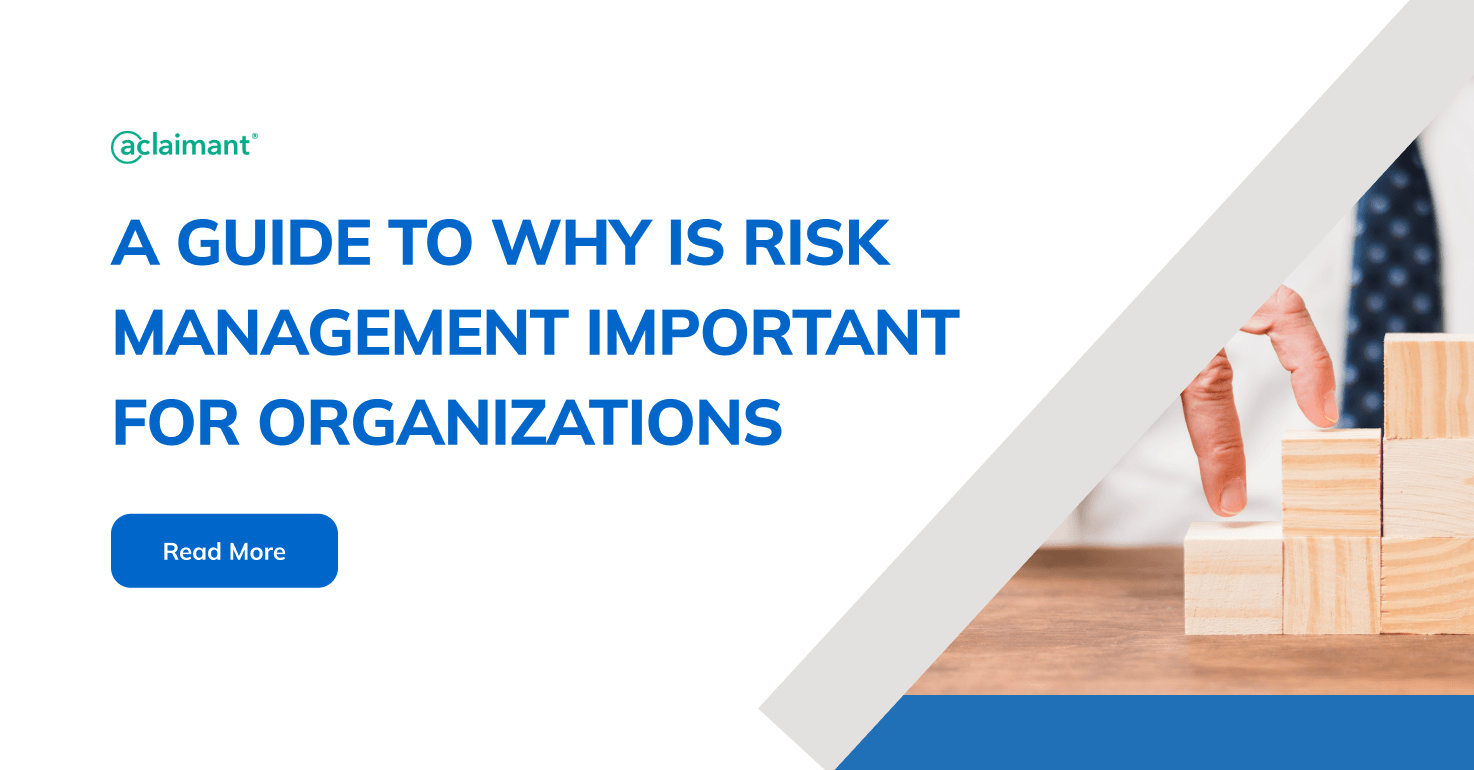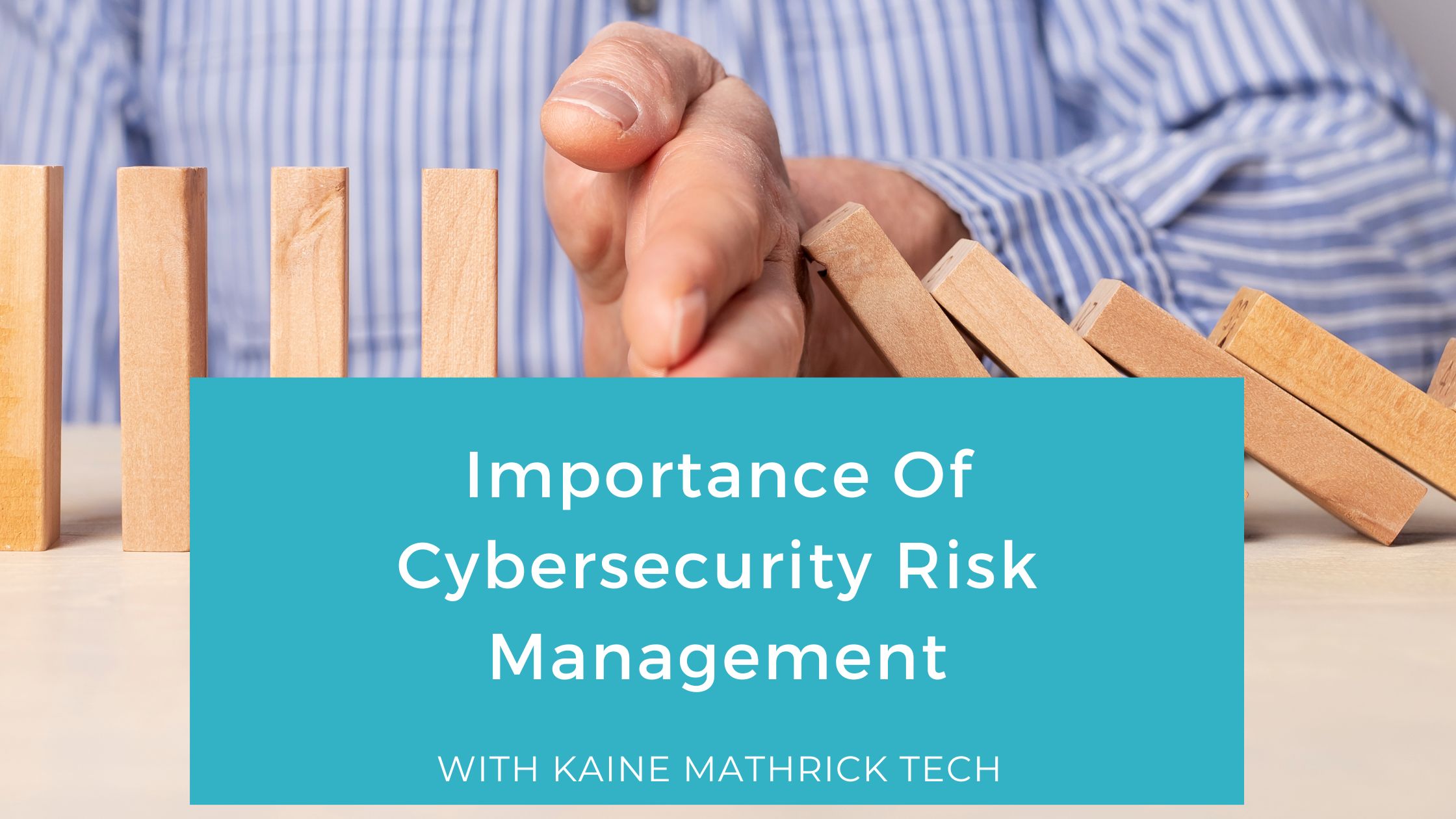A Detailed Guide to Understanding the Importance of Risk Management
A Detailed Guide to Understanding the Importance of Risk Management
Blog Article
Exploring the Relevance of Risk Management for Effective Decision-Making Methods
In the detailed globe of company, Risk Management arises as an important factor in the decision-making process. The capability to recognize potential risks and chances, and plan accordingly, can mean the distinction in between success and failure.
Recognizing the Idea of Risk Management
Risk Management, an important element in decision-making, is frequently misunderstood or oversimplified. Usually, it refers to the identification, assessment, and prioritization of risks to minimize, check, and regulate the likelihood or effect of regrettable occasions. It's not simply regarding stopping adverse outcomes, but likewise regarding acknowledging potential chances. Risk Management includes organized and regimented strategies, utilizing information and insightful evaluations. It calls for a detailed understanding of the company's context, goals, and the possible threats that might obstruct them. From financial uncertainties, lawful liabilities, tactical Management mistakes, to mishaps and all-natural disasters, it resolves numerous risks. Notably, effective Risk Management is not stagnant; it's a continuous, positive procedure that advances with altering conditions.
The Duty of Risk Management in Decision-Making Processes
In the realm of strategic planning and service procedures, Risk Management plays an indispensable duty in decision-making processes. Risk Management therefore ends up being an important tool in decision-making, helping leaders to make enlightened selections based on a detailed understanding of the dangers entailed. Risk Management offers as a vital component in the decision-making procedures of any kind of company.

Exactly How Risk Management Improves Strategic Planning
In the context of tactical planning, Risk Management plays a pivotal duty. Launching with the identification of potential threats, it better reaches the implementation of Risk reduction actions. The function of Risk Management is dynamic yet not fixed, as it requires consistent surveillance and adjusting of approaches.
Identifying Possible Risks

Applying Risk Reduction
Having established the significance of identifying potential threats, the following action is to explore Risk mitigation. This procedure involves developing and applying methods to manage determined threats properly. It is an important element of critical planning as it enhances decision-making by minimizing possible adverse end results. Risk reduction approaches can vary from Risk avoidance, Risk transfer, to take the chance of decrease. Each approach should be customized to the details Risk, considering its prospective impact and the company's Risk tolerance. Additionally, effective Risk reduction needs a deep understanding of the Risk landscape and the potential impact of each Risk. This understanding enables organizations to prioritize dangers and designate sources effectively, making certain that the most considerable dangers are dealt with first.
Surveillance and Adjusting Strategies
Though Risk reduction is a critical action in strategic preparation, continual surveillance and change of these methods is similarly crucial. It likewise offers a chance to examine the success of the Risk Management procedures, enabling modifications to be made where required, further enhancing strategic preparation. Surveillance and adjusting Risk Management techniques is a vital element for enhancing an organization's strength and learn the facts here now strategic preparation.
Case Studies: Effective Risk Management and Decision-Making
In the world find out here of company and financing, effective Risk Management and decision-making often offer as the pillars of prosperous ventures. These instances highlight the value of astute Risk Management in decision-making procedures. These situations underscore the essential function of Risk Management in tactical decision-making.
Devices and Techniques for Efficient Risk Management
These devices, such as Risk registers and heat maps, aid in recognizing and analyzing potential risks. Risk reaction methods, a vital component of Risk Management, include accepting, preventing, moving, or mitigating dangers. With these tools and methods, decision-makers can browse the facility landscape of Risk Management, therefore facilitating informed and effective decision-making.
Future Fads in Risk Management and Decision-Making Techniques
As we discover the large landscape of Risk Management, it ends up being apparent that the devices and techniques utilized today will certainly continue to progress. The concept of Risk culture, where every participant of an organization is aware and entailed in Risk Management, will get a lot more prominence. These trends declare a more comprehensive and aggressive approach towards Risk Management and decision-making.
Final thought

Risk Management hence comes to be an essential device in decision-making, assisting leaders to make educated options based on a detailed understanding of the dangers included. Risk mitigation techniques can range from Risk evasion, Risk transfer, to run the risk of reduction (importance of risk management). Effective Risk reduction calls for a deep understanding of the Risk landscape and the potential influence of each Risk. Risk response approaches, a vital part of Risk Management, involve approving, staying clear of, transferring, or mitigating risks. The concept of Risk society, where every participant of a company is conscious and included in Risk Management, will acquire a lot more prestige
Report this page